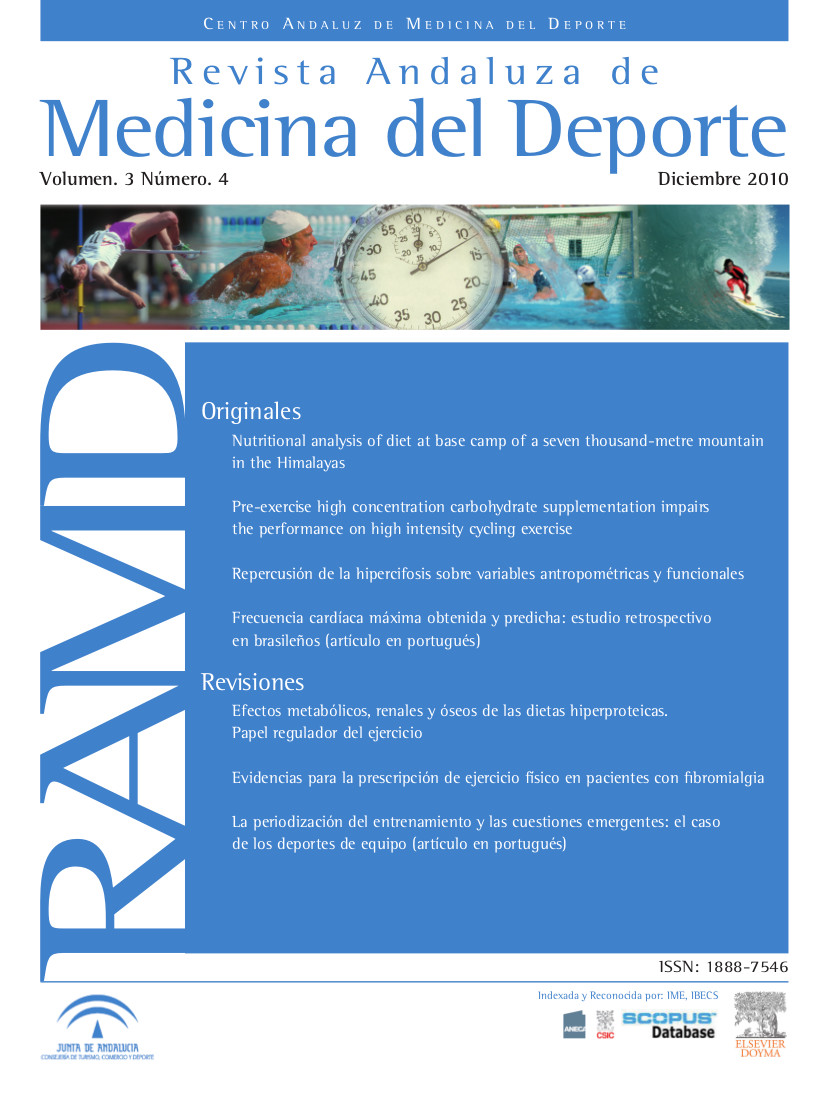Maximum heart rate obtained and predicted
A retrospective study in Brazilian
Abstract
Objective. Correlate the age with the maximum heart rate obtained (MHRobt) during exercise test in ergometer (ET), as well as to compare MHRobt with the values made calculations by different equation's prediction (MHRpre) in men and Brazilian women starting from 30 years of age.
Methods. The sample was composed by 299 individuals asymptomatic with age between 30 and 75 years old, being 164 men (48.2 ± 11.5 years old) and 135 women (50.6 ± 12.6 years old). The data were collected through retrospective analysis of data obtained in ET a deprived clinic cardiologic. The correlation and the agreement between the values of MHRobt and MHRpre were tested.
Results. The correlation coefficient between the age and MHRobt found for the men (r = -0.53; p < 0.01) it was smaller than in the women (r = -0.65; p < 0.01). There was no difference between MHRobt and MHRpre for the equation of Tanaka et al (2001) [211-0.8*age] for the men and for the equation of Jones et al (1985) [202-0.72*age] for the women, in all of the age subgroups (p > 0.05). The answer chronotropic was shown dependent of the age, decreasing progressively with the aging, in a different way in men and women.
Conclusion. The equation of Tanaka et al (2001) [211-0.8*age] in the men and the one of Jones et al (1985) [202-0.72*age] in the women it was shown more appropriate to predict MHR, for people with more than 30 years old.


